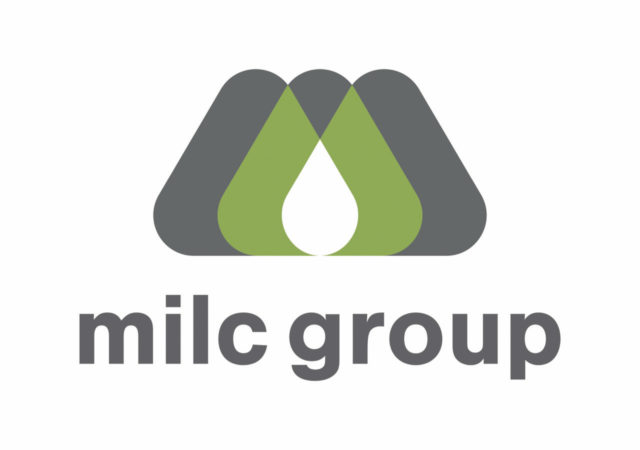In recent years, the tight labor market has led to increased challenges in finding available farmworkers, resulting in higher wage rates for agricultural labor. Dairy farmers are continuously seeking ways to manage labor costs efficiently while maximizing productivity. The adoption of new technologies has emerged as a key strategy for enhancing cow care, milk production and overall work efficiency. These technologies encompass a wide spectrum, from herd management systems and automated feed pushers to robotic teat dip arms and fully automated milking systems.
The decision to invest in new technology is a multifaceted one, extending beyond a simple trade-off between technology investment and labor reduction. Several factors must be considered, including their impact on cow flow and productivity, facility layout, training requirements for personnel and ongoing repair and maintenance. Assessing how a technology investment aligns with your capital plan and long-term goals is crucial in making informed decisions.
A primary step in this evaluation process involves establishing benchmarks for labor costs. We encourage farms to evaluate labor costs based on productivity rather than solely in terms of gross labor expenses. As wage rates continue to rise, the key is to enhance productivity to keep pace with or surpass the rate of labor cost increase. This is typically measured as labor costs per hundredweight (cwt) of energy-corrected milk, which adjusts milk pounds for butterfat and protein components.
Labor costs per cwt can range from as low as $2 to over $4, with lower-cost farms often focusing solely on milk production while higher-cost farms may encompass labor for heifer-raising and crop operations. Even for farms’ additional enterprises, the objective should be to maintain labor costs under $4 per cwt of energy-corrected milk. Farms that have successfully increased milk production per cow and component percentages have effectively mitigated the impact of rising labor wage rates in recent years. Analyzing the trend in labor costs per cwt of energy-corrected milk over the past three to five years provides a valuable baseline for future planning.
Implementing new technology systems typically requires a significant investment. To generate a return on this investment, it is often necessary to achieve increases in milk production or cow care improvements, in addition to labor savings. These systems can yield benefits such as reduced cow handling, improved heat detection, enhanced reproduction rates and higher throughput in milking parlors. The combination of increased productivity and reduced labor hours can lead to the most significant improvements in labor costs. Realistic expectations regarding productivity gains and ongoing monitoring of progress post-implementation are essential to achieving your goals.
When considering technology to streamline work processes, it is important to determine how to communicate the strategy to your team and how to best utilize the saved time. If a new technology system saves two hours per day per person, it is crucial to have a plan for deploying that time effectively. For farms with already extended work hours, the benefit may lie in creating a more manageable workday. Adjusting other processes in conjunction with the time savings can help achieve more in a day. Clear planning and team buy-in are crucial components of this approach.
An essential aspect of making technology investment decisions is their alignment with your capital plan and debt servicing capacity. A recommended guideline for overall debt service costs is to keep annual principal, interest and capital lease payments under $2.50 per cwt of energy-corrected milk sold. When evaluating a technology investment and associated debt, calculate the annual principal and interest payments relative to cwt of milk produced, while also considering existing debt obligations. Automated milking systems, for example, may justify higher debt service payments due to significant labor reduction. In such cases, total annual debt service payments of up to $4 per cwt may be supported, provided there is a substantial reduction in labor expenses and increased milk output per cow.
Looking ahead, technology innovations and investments will continue to play a vital role in managing labor costs and enhancing overall farm productivity. These tools may range from incremental solutions that integrate seamlessly into existing operations to larger investments requiring facility adaptations. Effective planning that aligns with both short- and long-term objectives for cow productivity and herd growth is essential. Communication with your team to ensure everyone understands their role in achieving these goals is also critical. Finally, monitoring total debt service cost per cwt will help prevent new investments from creating an excessive fixed debt cost relative to total revenue.
This article is provided for information purposes only. Readers should consult their own professional advisers for specific advice tailored to their needs. Information contained in this article may be subject to change without notice.






